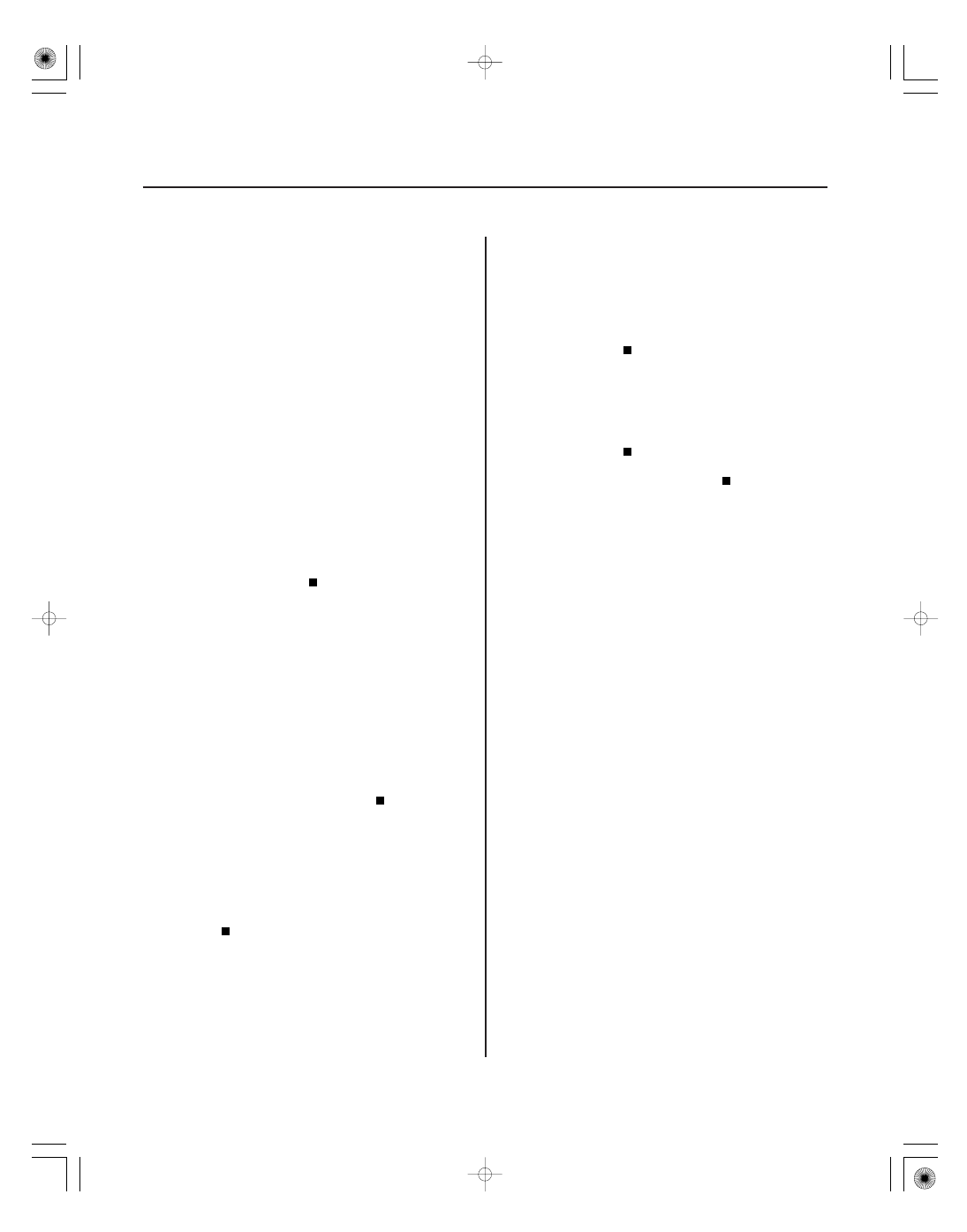Honda Ridgeline. Manual - part 506

SJC8A00J46636200000FAAT02
−
−
−
−
−
−
−
−
−
−
Engine does not start with the immobilizer
key
YES
NO
YES
NO
YES
NO
YES
NO
YES
NO
22-320
Immobilizer System
Symptom Troubleshooting (cont’d)
NOTE: Before troubleshooting, check the following
general items and solve any if applicable:
• The battery is low; charge the battery fully, then
troubleshoot the immobilizer system.
• The ignition key is not a genuine Honda part; use the
Honda-approved key blank, register the key, then
troubleshoot the immobilizer system.
• A key ring, keys, or a key case is being used; remove
the key from it, and troubleshoot the immobilizer
system with only a key.
• An aftermarket electrical part is attached; remove it,
then troubleshoot the immobilizer system.
1. Try to start the engine.
Intermittent failure, the vehicle is OK at this
time. Check status log.
Go to step 2.
2. Turn the ignition switch OFF.
3. Turn the ignition switch ON (II), and check the
immobilizer indicator light operation.
Go to step 4.
Go to the immobilizer indicator blinks
troubleshooting (see page 22-319).
4. Turn the ignition switch to START (III).
Go to step 5.
Go to Starting System and check the starter
motor.
5. Try to start the engine with the immobilizer key.
Go to step 6.
Go to the PGM-FI System Symptom
Troubleshooting.
6. Wait for a few minutes with the engine running.
Go to the PGM-FI System Symptom
Troubleshooting.
The system is OK at this time.
Does the engine star t?
Does the indicator come on f or 2 seconds, then go
of f ?
Does the star ter motor r un?
Does the engine star t?
Does the engine stop?